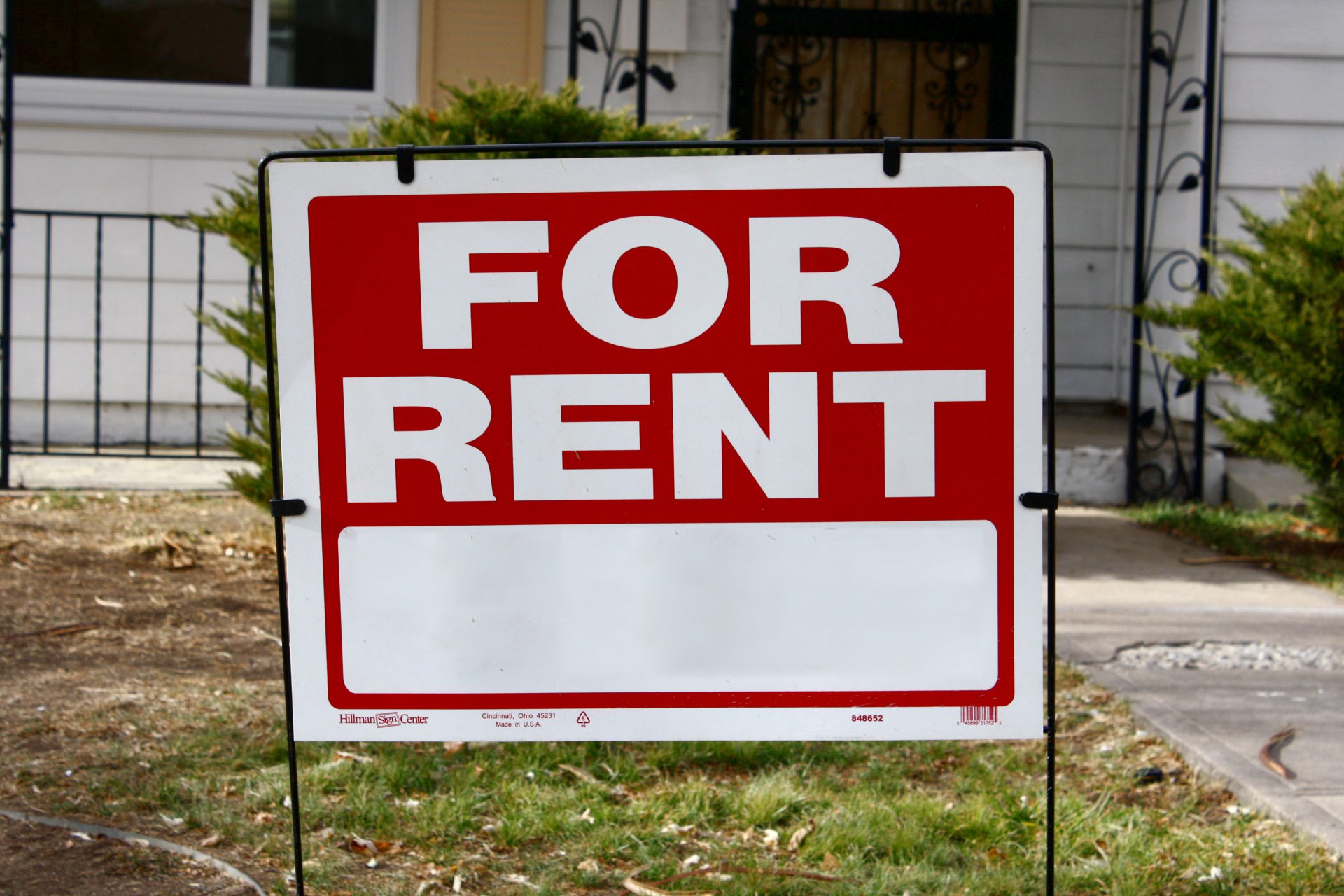$1.8 billion dollars a year for a decade.
That’s the average amount the BC Rental Housing Coalition says it will take to get the province’s rental market back to affordability. It’s a pretty bleak assessment of the provincial rental market.
“I think the bright spot is that there is a solution available through the coordinated actions of different levels of government in the community housing sector, says Thom Anderson, a spokesperson for the Coalition and the Executive Director of the Co-op Housing Federation of BC. “The solution has a cost to it that some people might find frightening but compare that to the cost of inaction in the face of this looming crisis and I think the right conclusion to drawer is that the sooner we get busy at implementing the recommendations in this plan, the sooner we’ll make a dent in what can only be described as a housing crisis in this province.”
According to the Coalition’s research, almost 70% of renters in the province are spending more than they can afford on housing. Almost one quarter are spending more than half their gross income on rent.
“That’s a scary number. It just means that those people are literally one paycheque away from being homeless. That’s the kind of emergency situation that you don’t want to see any family fall into. It also means that they are compromising in other areas of their – spending on education or health – the things that makes for healthy family and community life.”
While Prince George’s rental vacancy rate still sits at a healthy 4.2%, Armstrong says that could change and fast.
“Prince George is doing a bit better on that measure but it’s still in the range that we would need to address it through additional supply or could quickly tighten up in ways that would be disadvantageous for tenants.”
Armstrong says government action is long overdue.
“For the better part of two decades, senior levels of government haven’t put the money into creating new supply or reinforcing affordability that they needed to. That’s created a real backlog in the supply of affordable rental housing and it means that we need to do some pretty rapid catch up.”
The plan calls for collaboration between community housing groups and all levels of government and also recommends the creation of a renter’s grant, similar to the homeowner grant. Possibly most importantly, Armstrong says there needs to be an integrated approach to the issue.
“For so long we’ve operated in silos that assume that housing policy, transportation policy, health policy can all exist on their own. But really when you look at the nature of the problem, the solutions have to be coordinated across those different silos in order for them to be effective.”
The release of the plan less than a month before the provincial election was no accident.
“What we’re looking from from every party and every candidate is a clear and firm commitment to start implementing the recommendations in the plan the moment they get elected. We’ll be looking for that not only from the new provincial government but from the federal government as it rolls out it plan to implement the promises contained in the most recent federal budget and from the municipalities who have been such key players in their trying to address the issue of affordability over time. Now is the time to start making a real dent in the housing crisis in the province and the best way to do it would be for every level of government, particularly the new provincial government after May 9th, to adopt this plan and get moving on the problem.”
You can read the full plan, complete with analysis of regional housing profiles, here.
Something going on in the Prince George area you think people should know about?
Send us a news tip by emailing [email protected].






